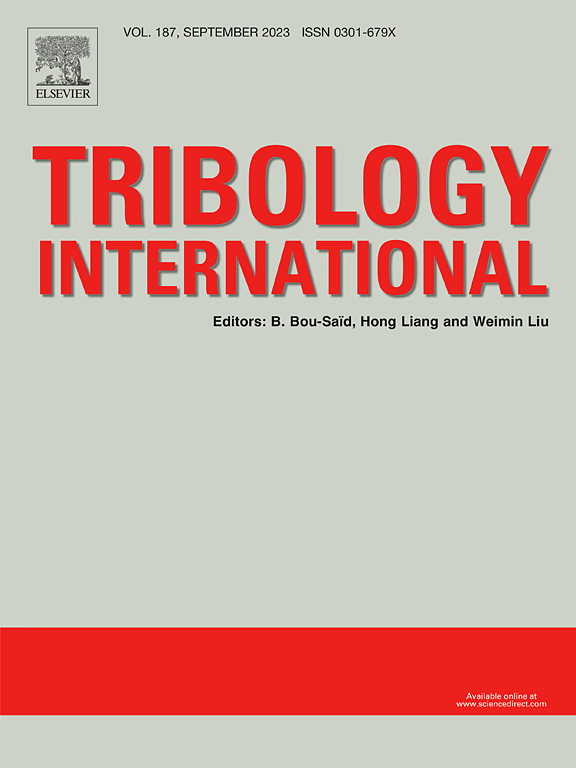High-temperature fretting wear behavior and microstructure stability of a laser-cladding Ti-Al-C-N composite coating meditated by variable cycle conditions
Abstract
Ti-6Al-4 V titanium alloy is used for low-pressure compressor blades of aero-engine due to its high specific strength, excellent corrosion resistance and high-temperature stability. Low-pressure compressor blades are subject to fretting wear in service, which may lead to fracture failure of the blades. The preparation of wear-resistant coatings is currently an effective solution in solving the problem of fretting wear on Ti-6Al-4 V titanium alloy. However, the fretting wear resistance and microstructure stability of the coating under variable cycle fretting conditions require more attention. In this work, the fretting wear performance and microstructure stability of the Ti-Al-C-N composite coating under variable cycle fretting conditions are investigated. The results show that the parameters of variable cycle operating conditions have a notable effect on the coefficient of friction (COF). The variable frequency and variable temperature working conditions result in the alteration of the fretting operation mechanism. Whereas the variable stroke amplitude and the variable load conditions do not cause changes in the fretting operation mechanism, and both are in the gross slip region (GSR). The lowest wear rate occurs under variable stroke amplitude conditions. The wear rate is the maximum under the variable cycle temperature condition. According to the dissipated energy calculation, the difference between the two different stroke amplitudes is the biggest among all the conditions. EBSD and TEM analyses show that the subsurface of variable stroke amplitude worn scar has a more uniform strain distribution, and reveals a unique subsurface structure with a transformation from crystalline to amorphous, which contributes to improving the wear resistance. This work provides insights into coating microstructure stability and wear mechanisms under variable cycle conditions.

 求助内容:
求助内容: 应助结果提醒方式:
应助结果提醒方式:


